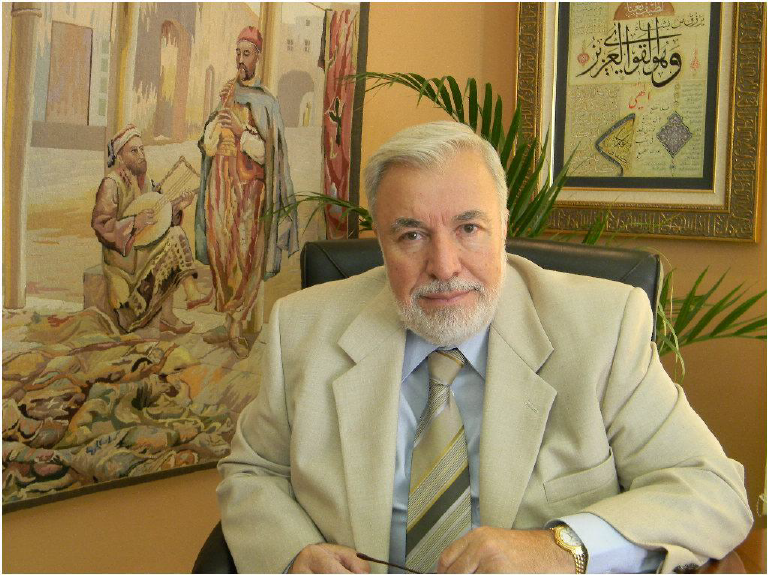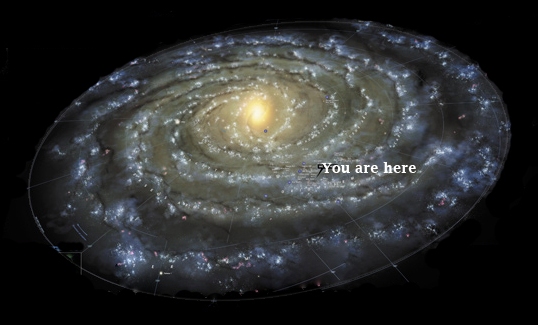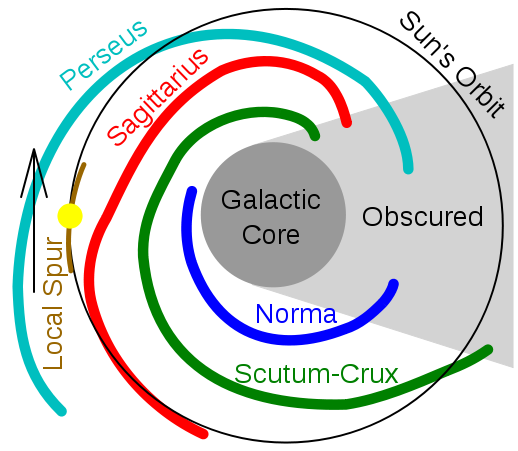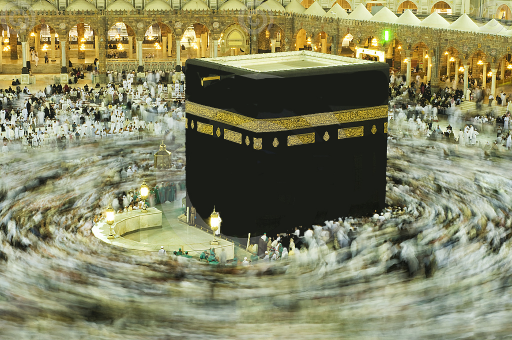
Dr. Safi Kaskas is a distinguished scholar, entrepreneur, and advocate for peace and reconciliation with over 40 years of experience in strategic planning, leadership, and business ethics. He is the founder of Strategic Edge Management Consultants and has made significant contributions to both the business and academic worlds.
As an American Muslim, Dr. Kaskas cares deeply about the present and the future of the American Muslim Community. He is very involved in addressing the need of rehabilitating the role of human responsibilities and human rights as a paradigm for Muslim activism in America, which was first established in classical Islamic and classical American thought centuries ago.
Dr. Kaskas is passionate about the Abrahamic religions and has lectured extensively throughout the United States and the Middle East on topics related to Islam, interfaith dialogue, and reconciliation among Evangelicals, Jews, and American Muslims. His global vision focuses on finding commonalities with others in order to promote peaceful cooperation. This is beneficial on all levels; business, social, national, and global.
Dr. Kaskas has dedicated his life to advancing Qur’anic research and scholarship, demonstrating the timeless relevance of its teachings in contemporary society. To further this mission, he established IQRA (International Qur’an Research Association), an organization that has flourished through collaborations with Qur’an Scholars and scientists worldwide. Their collective objective extends beyond deepening the connection between Muslims and the Qur’an; they also strive to make its meanings and teachings accessible to anyone interested in exploring this sacred text, following a contemporary methodology.

This is the Milky Way, the galaxy that contains our Solar System positioned within the galactic plane about two thirds of the way out from the centre, on the inner edge of the Orion–Cygnus Arm. The entire galaxy has a rotational rate of once every 225-250 million years for one complete revolution. The galaxy is also moving at a rate of 552 km per second relative to the cosmic microwave background.
So, before we attempt to ask important questions like where we came from, why we are here, and where we are going, we need to realize where we are within this vast universe and whether we are important enough to affect it.
The truth is we are a speck within the Milky Way which is 100,000 light years in diameter, containing 200–400 billion stars. Yet it is only one of around two trillion galaxies in the observable universe.
These humbling figures make one realize that we are small insignificant creatures with huge egos. Our value, if any, cannot be because of who we think we are or where we are. So where does this feeling of being significant come from? It has to come from a source outside of ourselves. Feeling important comes from our uniqueness in this universe. Our ability to ask these questions is a direct result of our unique consciousness; “the perception of what passes in a human being’s own mind[1],” our awareness of who we are and where we are.
In our attempt to find answers we need to observe the smallest building block of this universe; the atom as well as the largest and what is common to both, without forgetting that our ability to observe is in itself profoundly important as it is a reflection of our unique consciousness.
The Orbital Motion Phenomenon: from the Galaxy to the Atom
For many centuries, humanity, with a few notable exceptions, did not recognize the existence of the Solar System. People believed the Earth to be stationary at the center of the universe and categorically different from the divine or ethereal objects that moved through the sky (geocentrism).
Heliocentrism is the astronomical model in which the Earth and planets revolve around a stationary Sun at the center of the solar system. Historically, heliocentrism was opposed to geocentrism, which placed the Earth at the center. This was the official view of the church for many centuries and apparently some people even in the United States, in 2011, still believe it.[2]

In physics, an orbit is the gravitationally curved path of an object around a point in space, for example, the orbit of a planet around the center of a star system, such as the Solar System.
Current understanding of the mechanics of orbital motion is based on Albert Einstein’s general theory of relativity, which accounts for gravity as a function of space-time curvature, with orbits following geodesics.
Orbits
Location of the Solar System within our galaxy.
The Solar System is located in the Milky Way. Our Sun resides in one of the Milky Way’s outer spiral arms, known as the Orion Arm or Local Spur. The Sun lies between 25,000 and 28,000 light years from the Galactic Center, and its speed within the galaxy is about 220 kilometres per second, so that it completes one revolution every 225–250 million years. This revolution is known as the Solar System’s galactic year.[3]
The Solar System’s location in the galaxy is very likely a factor in the appearance of life on Earth. Its orbit is close to being circular and is at roughly the same speed as that of the spiral arms, which means it passes through them only rarely. Since spiral arms are home to a far larger concentration of potentially dangerous supernovae, this has given Earth long periods of interstellar stability for life to evolve. The Solar System also lies well outside the star-crowded environs of the galactic center. Near the center, gravitational tugs from nearby stars could perturb bodies in the Oort Cloud and send many comets into the inner Solar System, producing collisions with potentially catastrophic implications for life on Earth. The intense radiation of the galactic center could also interfere with the development of complex life.
The Rotation Phenomenon
Observing the objects within the solar system and other celestial bodies one thing becomes clear, namely, that planets spin on their axes, as do stars, moons, comets, asteroids, and galaxies. This seemingly trivial fact actually speaks to a deep and widespread property of the universe.
“At the heart of rotation’s ubiquity is a universal principle of physics: conservation of angular momentum. Simply put, if something’s rotating, it will tend to keep doing so. And if the object shrinks, it will rotate faster. The fact that the sun and most of the planets and their moons spin in nearly identical directions is one of the most important clues to their common origin in a protoplanetary nebula.
If you’re protesting that the moon doesn’t rotate, since it always keeps the same face turned toward us, recall that it must turn exactly once on its axis each orbit or we’d actually see its entire surface.
That’s no coincidence: Earth’s gravity distorts the moon into an egg shape, which keeps the moon locked into one rotation per orbit”.[4]
Atoms Around Us
If you want to have a written language, you will need an alphabet or some kind of coherent symbols. If you want to build proteins, you will need amino acids. Other examples in chemistry are not any different. If you want to build molecules, you will need elements. Each element is a little bit different from the rest. Those elements are the alphabet to the language of molecules.
All elements are made of atoms. While the atoms may have different weights and organization, they are all built in the same way. Electrons, protons, and neutrons make the universe go.
If you want to do a little more thinking, start with particles of matter. Matter, the stuff around us, is used to create atoms. Atoms are used to create the elements. Elements are used to create molecules. It just goes on and on. Everything you see is built by using something else. All of that is possible because of atoms.[5]
The Other Aspect of the Atoms: Electrons
Electrons are tiny, very light particles that have a negative electrical charge (-). Protons are much larger and heavier than electrons and have an opposite charge. Neutrons are large and heavy like protons, but neutrons have no electrical charge. Each atom is made up of a combination of these particles.

The atom below, made up of one proton and one electron, is called hydrogen. The proton and electron stay together because, just like two magnets, the opposite electrical charges attract each other. What keeps the two from crashing into each other? The particles in an atom are not still. The electron is constantly spinning around the center of the atom (called the nucleus). The centrifugal force of the spinning electron keeps the two particles from coming into contact with each other, much as the earth’s rotation keeps it from plunging into the sun. Taking this into consideration, an atom of hydrogen would look like this:
Atom
So, the particles called electrons are spinning and revolving around the nucleus of the atom similar to the earth rotating on its own axis as it also revolves around the sun. This rotation, like that of the planets, continues ceaselessly and in perfect order on paths we call orbits.
Tens of electrons revolving in an area so small as to be invisible even to the most powerful microscopes create a very complex traffic pattern inside the atom. The most remarkable point here is that these electrons surrounding the nucleus like an armor of electrical charge never have even a small accident. In fact, any small accident inside the atom would cause a disaster for the atom. Such an accident, however, never occurs. The whole operation runs flawlessly. The electrons revolving around the nucleus at the mind-boggling speed of 1,000 km/second never collide with each other.
It is amazing that these electrons, which are no different from each other, follow separate orbits, and it is obviously the result of a “conscious creation”. If they had different masses and velocities, it might be natural for them to settle in different orbits around the nucleus. For instance, the order of the planets in our solar system follows this logic. Planets that have totally different masses and velocities are naturally settled in different orbits around the sun. But the case with the electrons in the atom is totally different from that of these planets. The electrons are exactly alike but have different orbits around the nucleus: how do they follow these paths unerringly? How do they not collide though they have incredibly small dimensions and move at incredible speeds?[6]
These questions lead us to a single point: celestial bodies, regardless of size, follow physical laws that exist to organize the universe as created by God.
The orbital motion phenomena shared by all celestial bodies is a result of a universal physical law that we as human beings are able to observe around us and within us.[7]
Tawaf: Orbiting the Ka’bah
Ka’bah

Why do Muslims perform Tawaf around the Ka’bah?[8] What is the significance of going around this Old House? The answer to this question must start with a look at who we are? Why are we here? And finally, the answer to all the previous questions points toward where we are going from here.
There are physical laws in this universe that we are continuously discovering. Among them is the law of revolution, which applies both to celestial bodies and to atoms and cells. They all revolve around a center and their revolution is usually counterclockwise. (Link to Youtube Video)
Everything in the universe must follow physical laws except human beings who are created with consciousness and with a free will. The earth has no choice but to follow its orbit around the sun, and our solar system has no choice but to follow its orbit around the center of the galaxy. In following these physical laws, they are obeying their Creator and performing according to the program given to them. Only human beings are free to choose. They are aware of their ability to choose and consequently they can obey or disobey. When we Muslims orbit the Ka’bah, we surrender our will to our Creator and willingly become like the other celestial bodies of the universe orbiting in harmony His Old House. The Ka’bah is the first house ever built for the sole purpose of worshipping God, our Creator. It is thought to have been built originally by Adam. It was later rebuilt by Abraham and his son Ishmael.
People keep coming from the four corners of the earth to surrender themselves to their creator and orbit willingly around the Ka’bah seven times in order to fulfil the essence of Islam (surrounding your will to God’s will). This act of Tawaf symbolizes the unity and equality of Muslims, as well as their devotion to Allah their Creator. It also reflects the cosmic order and the harmony of the universe
So, who are we? We are human beings created by God. We are here to go through a journey that will not last for long and while we are here, we face situations that require us to make choices. We are responsible for the choices we make and we will answer for them to our Creator. So, our final destination from here is toward the One who created us in the first place and is able to gather us again to a Day of Judgment.
These assumptions are from the eternal message of God to us found in the Torah given to Moses, the Gospel given to Jesus Christ, and the Qur’an given to Mohammad. The Qur’an is not a book of science, but a book of signs for the believers to pursuit, reflect, ponder, give thought, reason, consider, and discern. It urges the believers to understand using the state-of-the-art tools of knowledge. As part of man’s privilege, Islam, through the Qur’an, invites human beings to discover the laws of nature and the ways in which the universe exists. When we discover the extent to which the universe has been meticulously planned and provided for, God’s infinite wisdom becomes apparent. The human being is invited to question, discover, explore, and manipulate the world around him and use it for his benefit. The Quran teaches us that “The creation of the heavens and the Earth and the sequence of night and day are signs to those who are endowed with insight. (03:190) They are those who remember God while standing and sitting and lying on their sides and consider the creation of the heavens and the Earth, saying, “Our Lord, you have not created this aimlessly. May You be exalted in your glory! So protect us from the punishment of Hell.” (03:191)
[1] Locke, John. “An Essay Concerning Human Understanding (Chapter XXVII)”. Australia: University of Adelaide. Retrieved August 20, 2010.
[2] L.A. Times
[3] Solar System – Wikipedia
[4] Chris Anderson manages the College of Southern Idaho’s Centennial Observatory in Twin Falls.
[5] Chem4Kids.com
[6] CreationOfUniverse.com
[7] Qur’an: “We shall show them Our signs in every region of the universe and in themselves, until it becomes clear to them that this is the Truth. Is it not enough that your Lord witnesses everything?” (Surat Fussilat 41:53)
[8] Located in Makkah on the western side of today’s Saudi Arabia. Also known as Bacca.